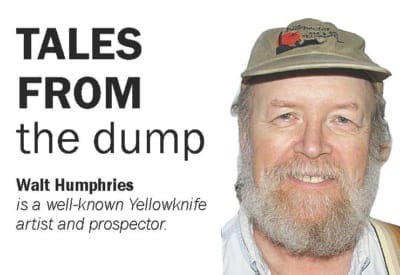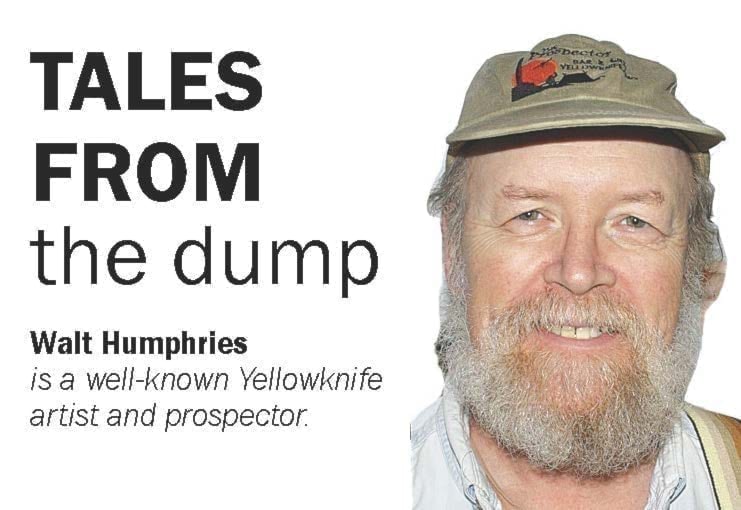Learning from territorial wildlife It is really good to get away from civilization for a while and get back out to being completely surrounded by nature.
I made the mistake one day of turning on the radio and listening to the news. One item said the government was going to put some money into mental health because some people are suffering during this epidemic. They have been suffering long before the epidemic but maybe they just didn't realize it.
OK, but maybe the government should look in the mirror, because they are causing a lot of the chaos and confusion, which is and has been creating some of the mental health issues.

I turned the radio off and went outside to talk to a raven. Right now, there is a lot of raven talk going on, because the adult ravens, the parents are out teaching this year's brood, about their surroundings. So, they are calling back and forth a lot. Some critters other than humans teach their young. In some cases, it is by showing them what to do but in other cases I think it's done verbally by their calls.
I have no idea what they are saying but it's probably along the lines of "come over here and look at this." Or "OK I'll stand guard while you land on that outcrop and look for food." Often when a raven family is on the ground, one is up in a tree standing guard. They are there to call out a warning of danger, if it spies a fox, wolf or human lurking about.
Consider the red squirrels we have up here. They are sometimes called fairy diddles. If you hear one chattering, then another chattering back, they are probably having a bit of a territorial dispute. One of them has encroached on the other one's territory, so they yell at each other. The angrier they get the louder they get.
They might even chatter at you for the same reason. That is until they learn you are not competing with them for food. Squirrels are very food oriented.
They spend most of the day eating, but they eat really small things. If you watch them tear a spruce cone apart, they are looking to eat the little seeds, one behind each cone scale. If you look at the seeds, they are tiny. That is why the squirrel has to tear so many cones apart. It needs the energy to store hundreds of cones away for winter in its various caches.
In town they like to bury cones in soft soil which is why so many end up in flowerpots and gardens. If they get into your shed, they will store thousands. Talk about the urge to hoard, squirrels have it in abundance, when it comes to food.
Squirrels can really test human tolerance for nature. There used to be a saying about squirrels and cottagers who are newcomers. The first year they think the squirrels are so cute. They even feed them. The second year is "don't those squirrels ever shut up and why are they dropping spruce cones on my roof."
The third year after the squirrel has gnawed its way into the cottage and made a real mess, "those varmints."
When humans start calling animals varmints, you know the "lets all get along with nature" concept is not doing well.
It's important to teach your young by talking and by example. That is how kids learn. If people think their territory or food supply is threatened, they get angry, often yell at each other and have a tendency to hoard things.
If you watch nature and its inhabitants closely you can learn a lot but it also takes a lot of time watching it. But it's probably good for your mental health because you are accomplishing something and learning new things.
Oddly enough, things you can learn about other critters also apply to humans.
